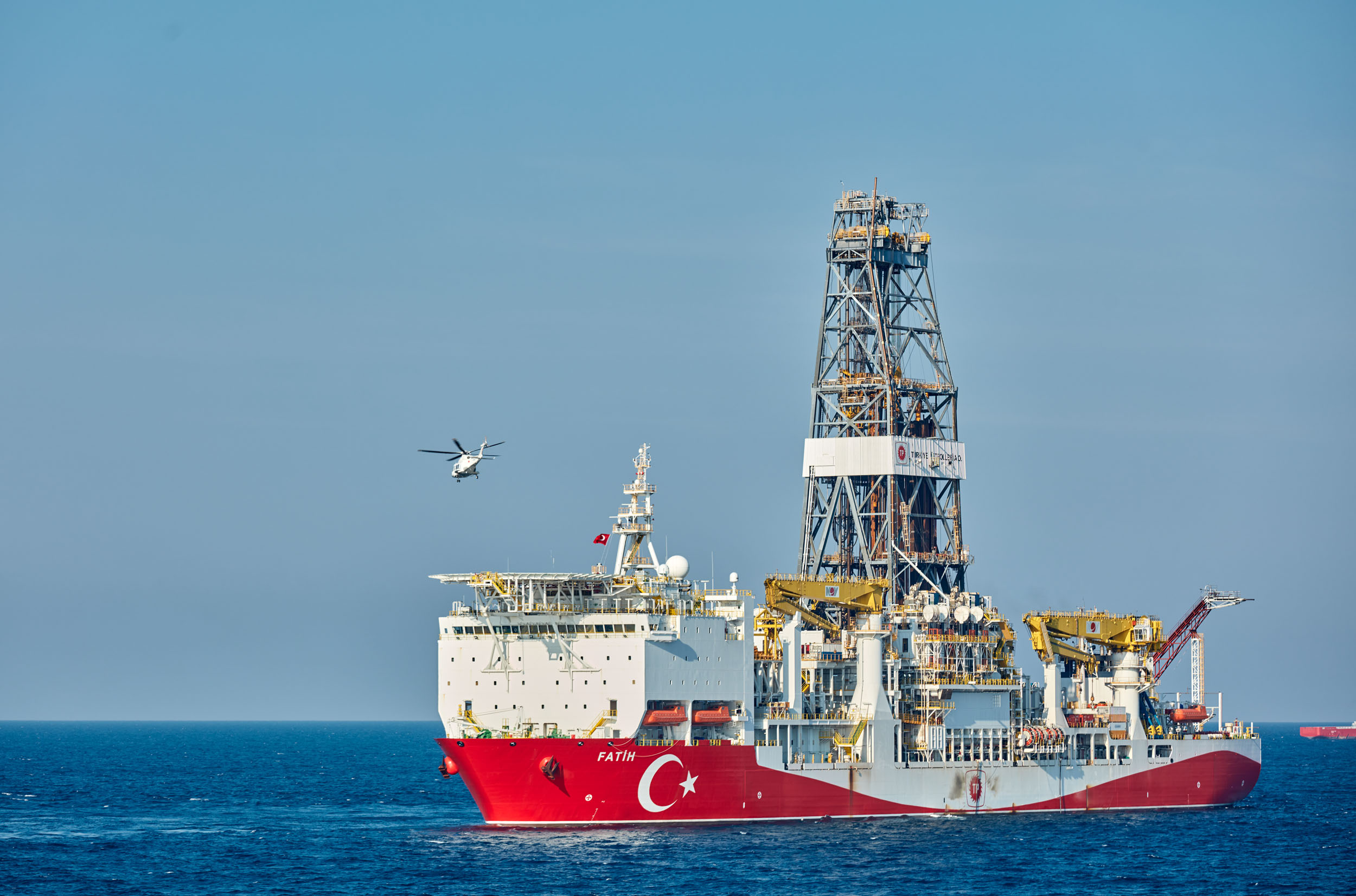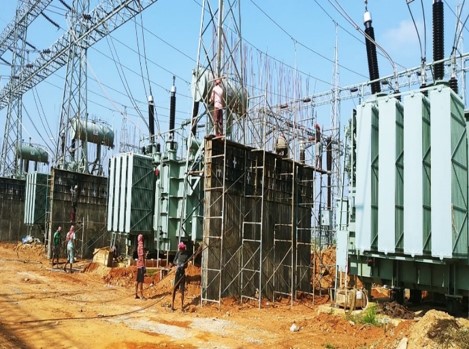Notwithstanding the currently challenging economic and financial environments, sovereign wealth funds must still put capital to work and we have observed that some SWFs with a savings mandate are now choosing – or being encouraged – to invest at home to spur the local economy.
This has been particularly noticeable for large SWFs from small local markets. For example, in September 2019, the Alaska Permanent Fund launched its first-ever dedicated in-state private-markets investment programme, selecting two external managers, McKinley Capital and Barings, to deploy $200 million in the state.
This move is consistent with its founding legislation, which specifies if an Alaskan investment has equivalent risk and expected return comparable to or better than a similar non‐Alaskan investment, the Alaskan investment should be preferred2.
Similarly, as one of the country’s largest institutional investors, the New Zealand Superannuation Fund has always played an important role in its home market but has recently made several high-profile direct investments at home.



